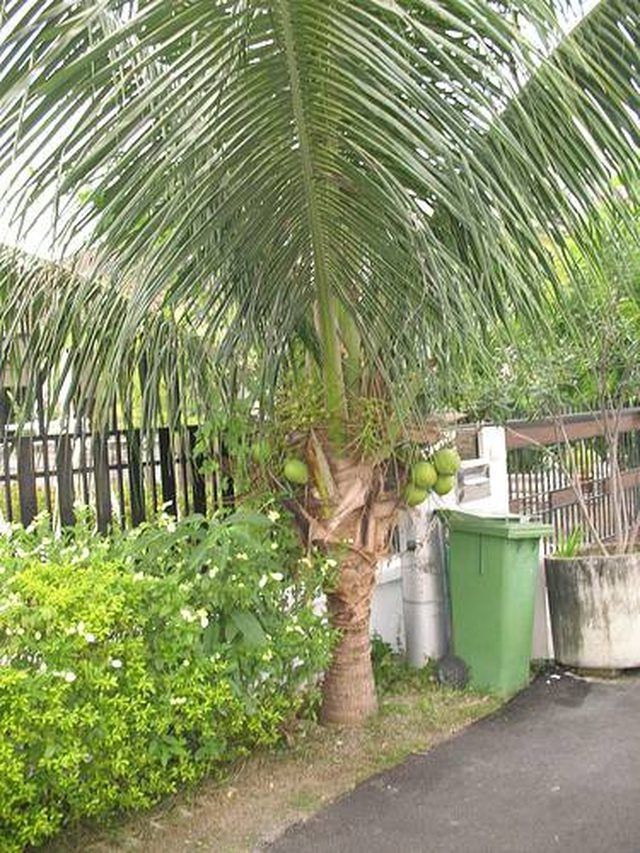Bulbs
Flower Basics
Flower Beds & Specialty Gardens
Flower Garden
Garden Furniture
Garden Gnomes
Garden Seeds
Garden Sheds
Garden Statues
Garden Tools & Supplies
Gardening Basics
Green & Organic
Groundcovers & Vines
Growing Annuals
Growing Basil
Growing Beans
Growing Berries
Growing Blueberries
Growing Cactus
Growing Corn
Growing Cotton
Growing Edibles
Growing Flowers
Growing Garlic
Growing Grapes
Growing Grass
Growing Herbs
Growing Jasmine
Growing Mint
Growing Mushrooms
Orchids
Growing Peanuts
Growing Perennials
Growing Plants
Growing Rosemary
Growing Roses
Growing Strawberries
Growing Sunflowers
Growing Thyme
Growing Tomatoes
Growing Tulips
Growing Vegetables
Herb Basics
Herb Garden
Indoor Growing
Landscaping Basics
Landscaping Patios
Landscaping Plants
Landscaping Shrubs
Landscaping Trees
Landscaping Walks & Pathways
Lawn Basics
Lawn Maintenance
Lawn Mowers
Lawn Ornaments
Lawn Planting
Lawn Tools
Outdoor Growing
Overall Landscape Planning
Pests, Weeds & Problems
Plant Basics
Rock Garden
Rose Garden
Shrubs
Soil
Specialty Gardens
Trees
Vegetable Garden
Yard Maintenance
How to Plant Dwarf Coconut Trees
How to Plant Dwarf Coconut Trees. Don't let the word "dwarf" fool you when it comes to coconut trees. There's nothing dwarf about the Malayan dwarf coconut palm, unless you consider a height of 30 to 60 feet small. Dwarf coconut trees make great specimen or street trees in the tropical zones of the country. Coconut trees of any variety won't...

Don't let the word "dwarf" fool you when it comes to coconut trees. There's nothing dwarf about the Malayan dwarf coconut palm, unless you consider a height of 30 to 60 feet small. Dwarf coconut trees make great specimen or street trees in the tropical zones of the country. Coconut trees of any variety won't tolerate freezes, so they're intended to be planted in warm regions.
Things You'll Need
Dwarf coconut tree (in container from a nursery)
Shovel
Palm fertilizer
Water
Tips on Planting Dwarf Coconut Trees
Purchase a dwarf coconut tree from you local nursery. Pick your spot. Select an area in your yard that will be big enough for the coconut to reach full size. They can reach a height of 30 to 60 feet, with a width of 15 to 25 feet, so you'll need an open area to plant your tree. Don't plant your dwarf coconut tree against any structures, such as your house, or under power lines that the tree might touch.
Make it sunny. Make sure the area that you've selected gets full sun. Dwarf coconut trees won't do well if planted in shade. These palms are quite drought tolerant and will survive in sandy, clay, alkaline or acidic soils that drain well. Their tolerance to salt is also quite high and so can be planted in beach locations.
Start shoveling. Dig the hole that the tree will be planted in twice as big as the container that is holding the dwarf coconut palm. There is no need to amend the soil with manure when you plant the tree. Digging out a bigger area for the tree will loosen the soil, allowing the root system to grow more efficiently.
Plant the tree. Remove the dwarf coconut palm from its container and place into the hole. Replace the dirt around it and pack it in firmly to get rid of any air pockets. If air pockets remain, the soil will sink in when you water it and the roots may become exposed.
Water your tree well. You'll need to water you coconut palm at least once a week for several weeks until the tree has started to establish itself in its new spot. Malayan dwarf coconuts like fertilizer and will respond well to it. Select a general purpose palm fertilizer and apply it to the area underneath the palm quarterly. As the bottom coconut limbs get older they will turn brown and die. This is natural for coconut palms or any type of palm. Trim off any branches once they've turned completely brown.
Tips & Warnings
The Malayan strains of coconuts are best to use because of their resistance to lethal yellowing disease.
Dwarf coconuts are labeled according to the color of their fruits
Use an insecticide specifically targeted for aphids, if they become a problem.
To start a tree, lay a coconut on its side and cover half of it with soil. Keep the coconut watered and within 4 to 6 weeks it should begin to sprout.